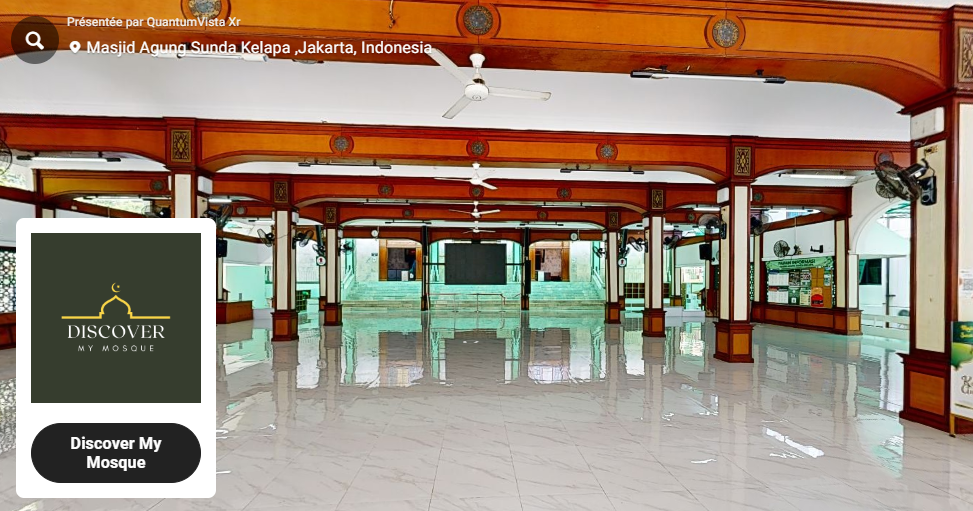Discover the Splendor of Masjid Agung Sunda Kelapa in Jakarta, Indonesia
Masjid Agung Sunda Kelapa, located in Jakarta, Indonesia, is a prominent landmark known for its unique architecture and rich history. As one of the most significant mosques in the capital city, it serves as a center of worship, community activities, and cultural exchange. This article delves into the fascinating aspects of Masjid Agung Sunda Kelapa, highlighting its architectural brilliance and cultural significance.
History and Background
Masjid Agung Sunda Kelapa was inaugurated in 1969 and is named after the historic port of Sunda Kelapa, an important trading hub in the 16th century. The mosque was designed by architect Ir. Achmad Noe’man, known as the “Architect of a Thousand Mosques,” who aimed to create a structure that combines modern and traditional Islamic architectural elements.
Architectural Features
- Modern Design: The mosque features a modern architectural style with clean lines and minimalistic design, which sets it apart from traditional mosques with elaborate decorations.
- Open Spaces: One of the unique aspects of Masjid Agung Sunda Kelapa is its use of open spaces, allowing natural light and air to flow freely. This design not only creates a serene environment but also enhances the spiritual experience.
- Distinctive Roof: The mosque’s roof is designed to resemble the hull of a ship, paying homage to the maritime history of Sunda Kelapa port. This unique feature is both a nod to Jakarta’s history and a symbol of Indonesia’s cultural heritage.
- Interior Decorations: The interior of the mosque is simple yet elegant, with Quranic verses and Islamic motifs adorning the walls. The prayer hall is spacious and can accommodate thousands of worshippers.
Cultural and Community Significance
Masjid Agung Sunda Kelapa is more than just a place of worship; it is a cultural and community hub for Jakarta’s Muslim population.
- Community Activities: The mosque hosts various religious and community activities, including Quranic recitations, Islamic lectures, and social events. These activities foster a sense of community and strengthen social bonds.
- Educational Programs: The mosque offers educational programs for children and adults, including Arabic language courses, Quranic studies, and Islamic teachings. These programs are essential for preserving and promoting Islamic knowledge and culture.
- Interfaith Initiatives: Masjid Agung Sunda Kelapa is known for its efforts in promoting interfaith dialogue and understanding. The mosque frequently hosts events and open houses where people of different faiths can learn about Islam and engage in meaningful conversations.
Virtual Tour Experience
In today’s digital age, virtual tours provide an innovative way to explore Masjid Agung Sunda Kelapa from the comfort of your home. A virtual tour mosque experience allows you to navigate the mosque in 360 degrees, offering a comprehensive and immersive view of its architectural and cultural features.
Benefits of the Virtual Tour:
- Accessibility: Virtual tours make the mosque accessible to people worldwide, regardless of their location.
- Detailed Exploration: High-resolution images and interactive features enable you to explore the mosque’s intricate details and learn about its history and significance.
- Immersive Experience: The 360-degree virtual tour offers an immersive experience, making you feel as if you are physically present in the mosque.
Conclusion
Masjid Agung Sunda Kelapa is a remarkable example of modern Islamic architecture and a vital cultural center in Jakarta. Its unique design, historical significance, and role in the community make it a must-visit destination for anyone interested in Islamic culture and architecture. With the advent of virtual tours, you can now explore this magnificent mosque from anywhere in the world, gaining a deeper appreciation for its beauty and cultural importance.
